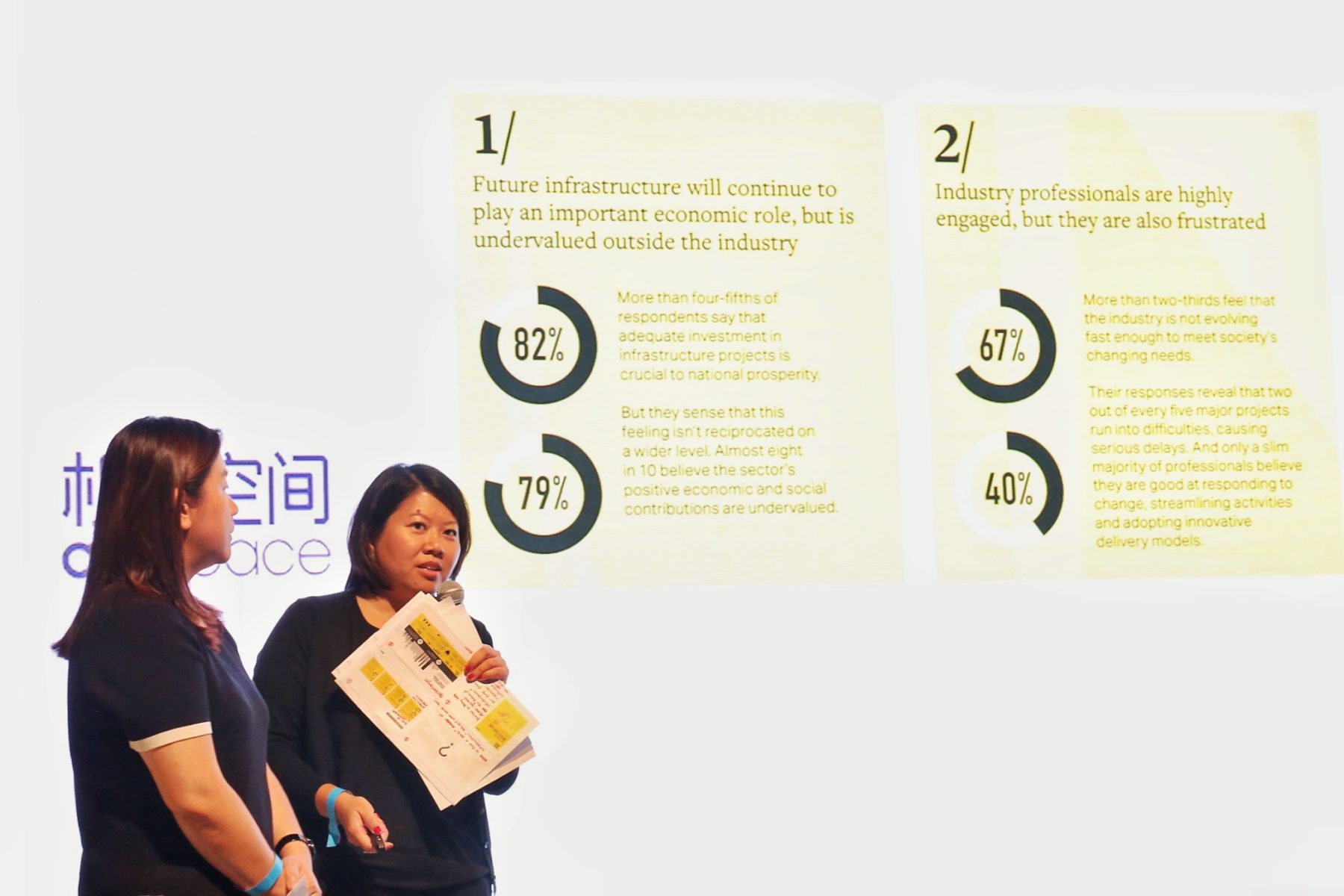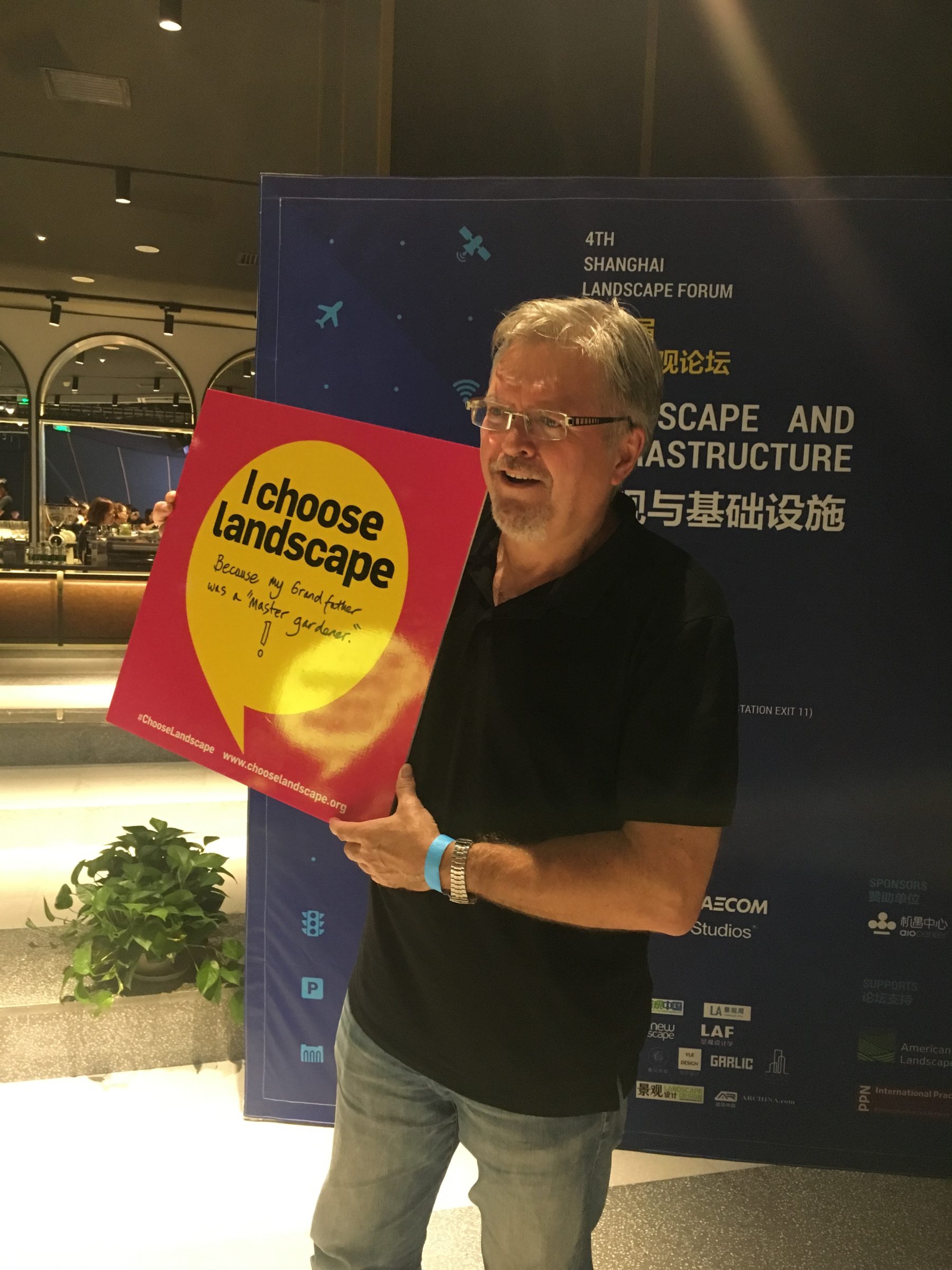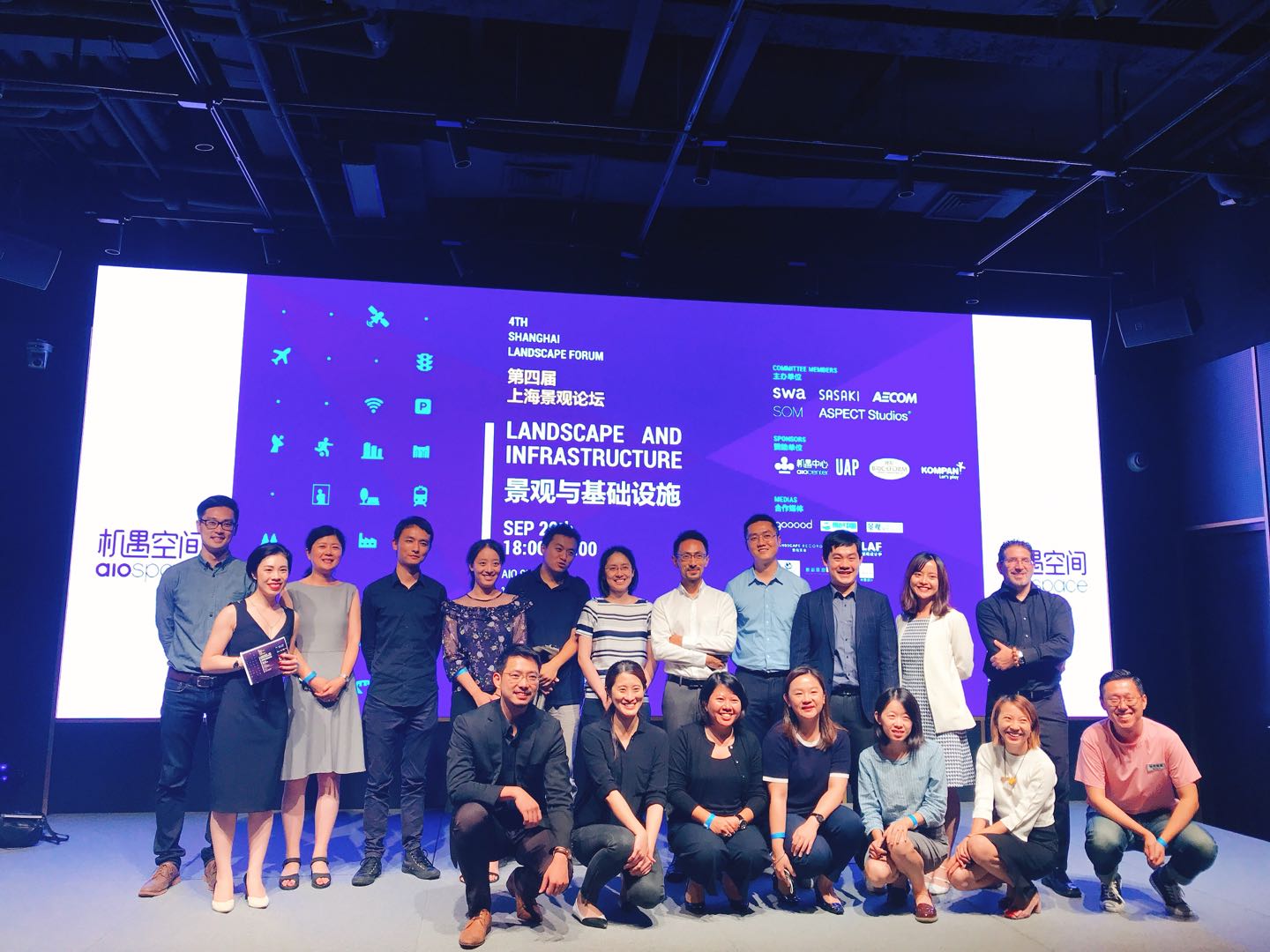Shanghai Landscape Forum: Future of Infrastructure
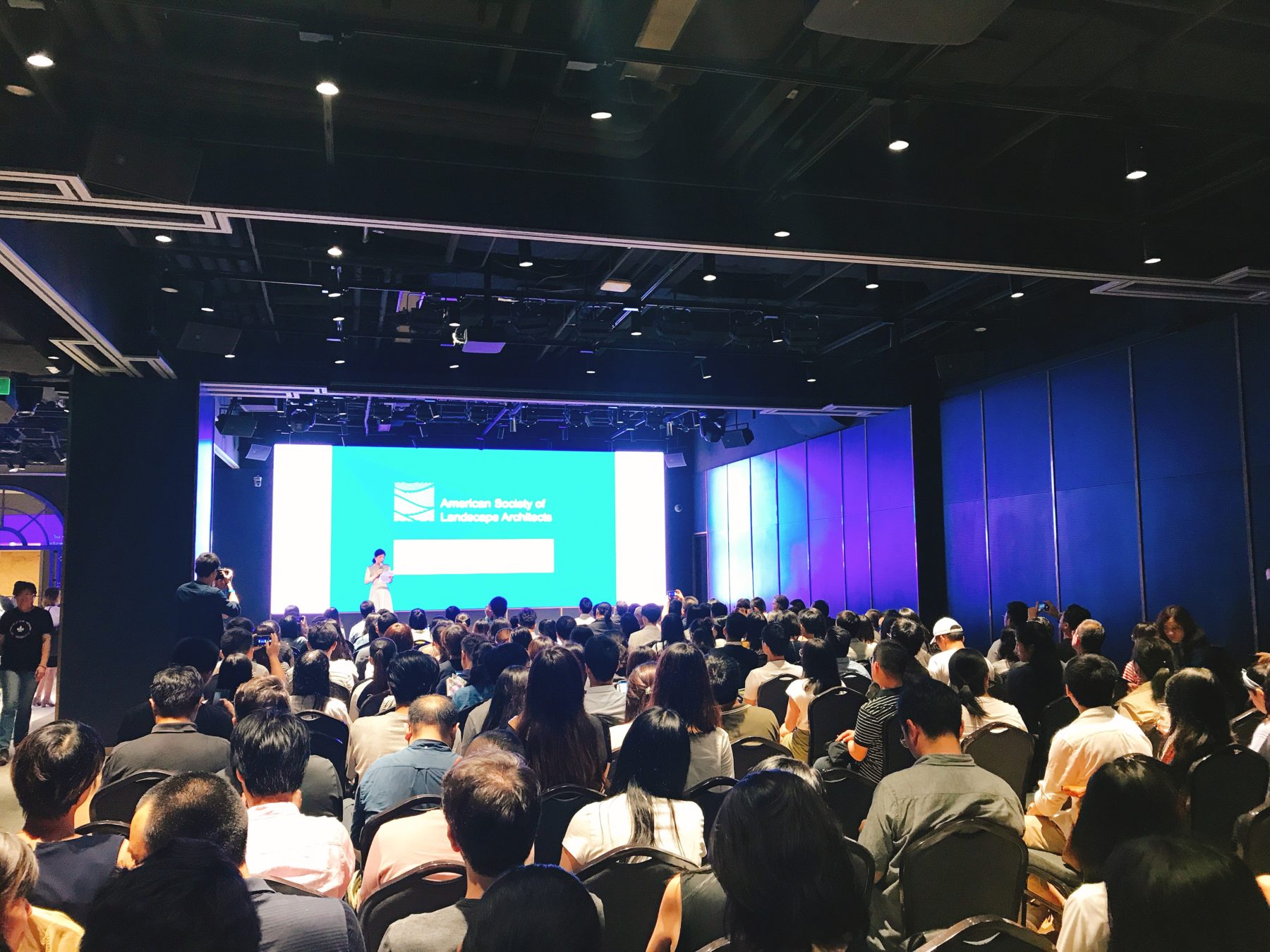
 Sasaki
Sasaki

Sasaki’s Shanghai Office hosted the fourth Shanghai Landscape Forum, in partnership with SWA, AECOM, ASPECT Studios, and SOM. Initiated by Sasaki, AECOM, and SWA in 2017, and currently organized by several noted international landscape architecture practices, the forum brought together over 200 AEC industry professionals on September 20th to explore the theme “Landscape and Infrastructure.”
Representing Sasaki’s practice in China, Zhiqiang Zeng, a landscape designer from the Shanghai office, presented “Infrastructure of Tomorrow: A Speculation of Future Chinese Infrastructure” to discuss the critical role of landscape and to provide speculative insights of the infrastructure in years to come. Zeng posits that landscape was initially born as a key element of infrastructural expansion, yet the sheer amount of Chinese infrastructure projects in the past 40 years have often served to disrupt and disintegrate the quality of the country’s landscapes.
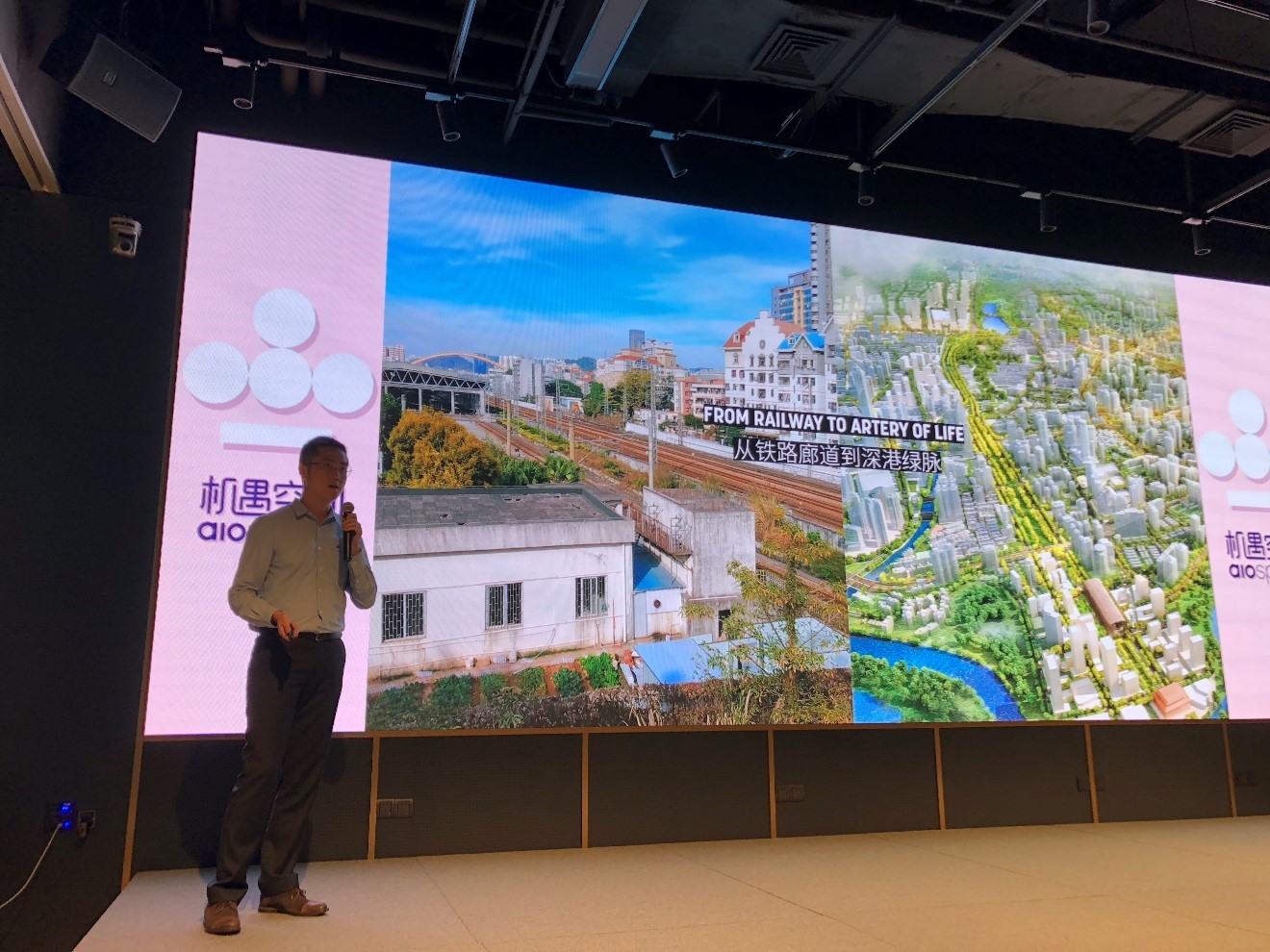
Zeng’s presentation highlighted that approaches to infrastructure, in more recent years, have undergone a fundamental transformation from top to bottom. The integrity, multiplicity, and the landscape attributes of infrastructure have drawn a lot of attention—such as the integration of ecological service, public recreation amenities, cultural stewardship, and the use of infrastructure as a development catalyst. This transformation in approach is clearly seen in the case of Shanghai EXPO Cultural Park and Luohu Streetscape Renovation, in which Sasaki was able to remediate issues related to past urbanization. The resultant projects improve the quality of urban space for years to come.
Shanghai EXPO Cultural Park is a stand-out example of remediating the “city disease” caused by past urbanization. The park’s landscape integrates many functions that will transform the degraded site into a new type of landscape infrastructure. Eco-remediation will improve environmental safety, while the creation of urban recreational space integrates and promotes the existing cultural resources. This new type of infrastructure embodies the ambitions of Shanghai in becoming a distinguished global city.
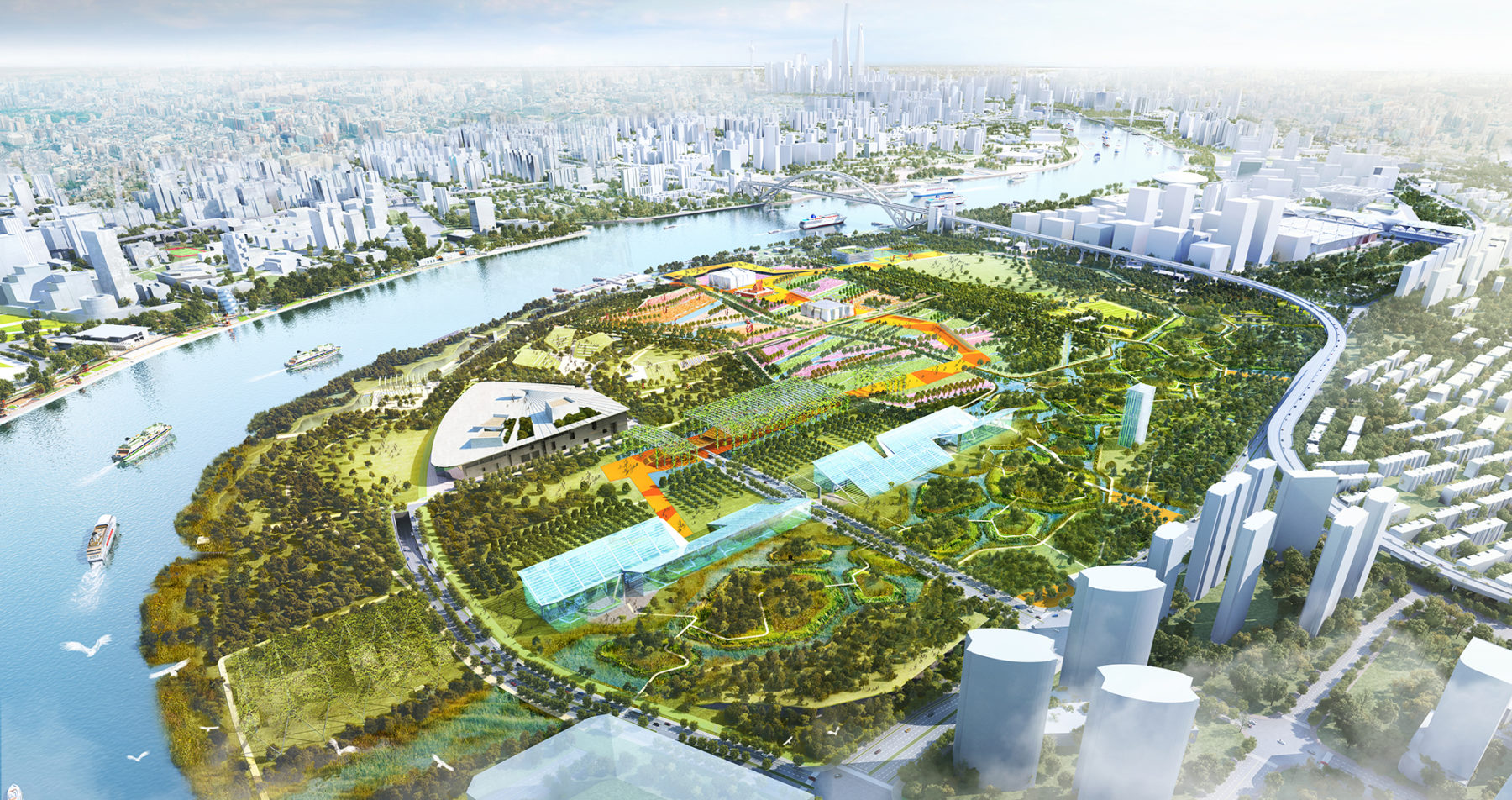
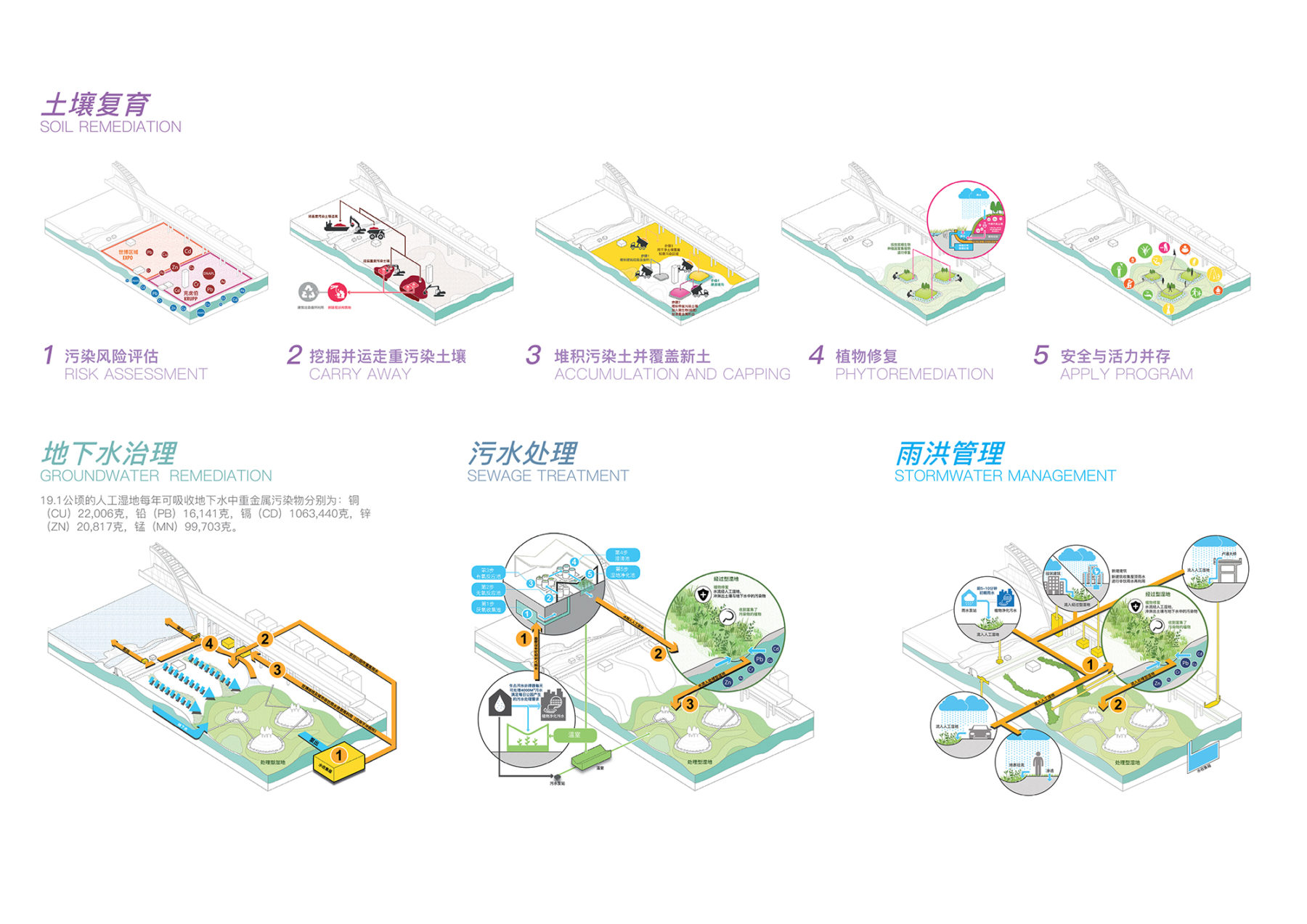
Zeng elaborated on the approach of the Luohu Streetscape Renovation project to transform single-use transportation corridors into new types of infrastructure. The renovation will become the catalyst for transforming the district and improving the quality of the space throughout the urban renewal process.
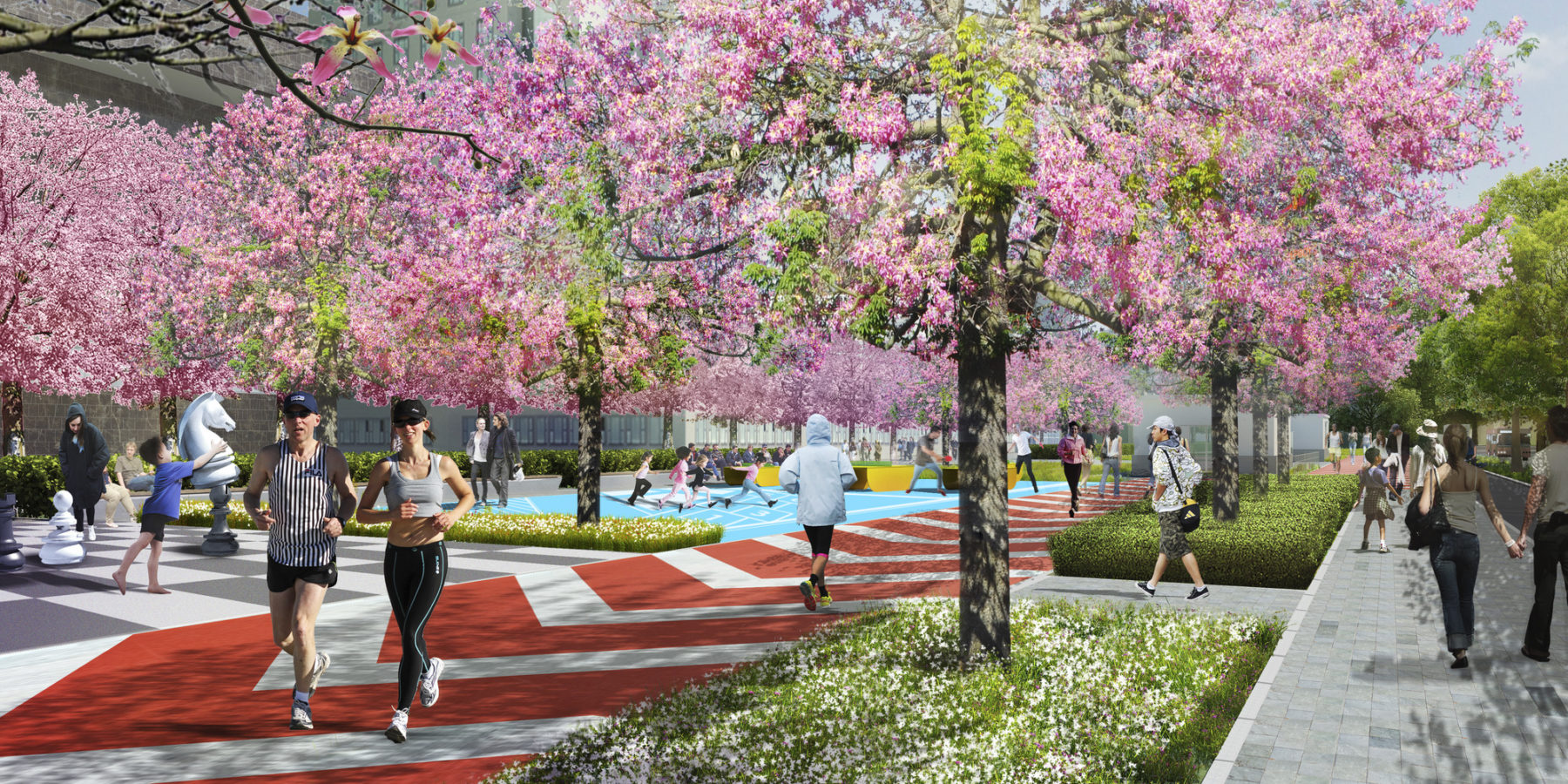
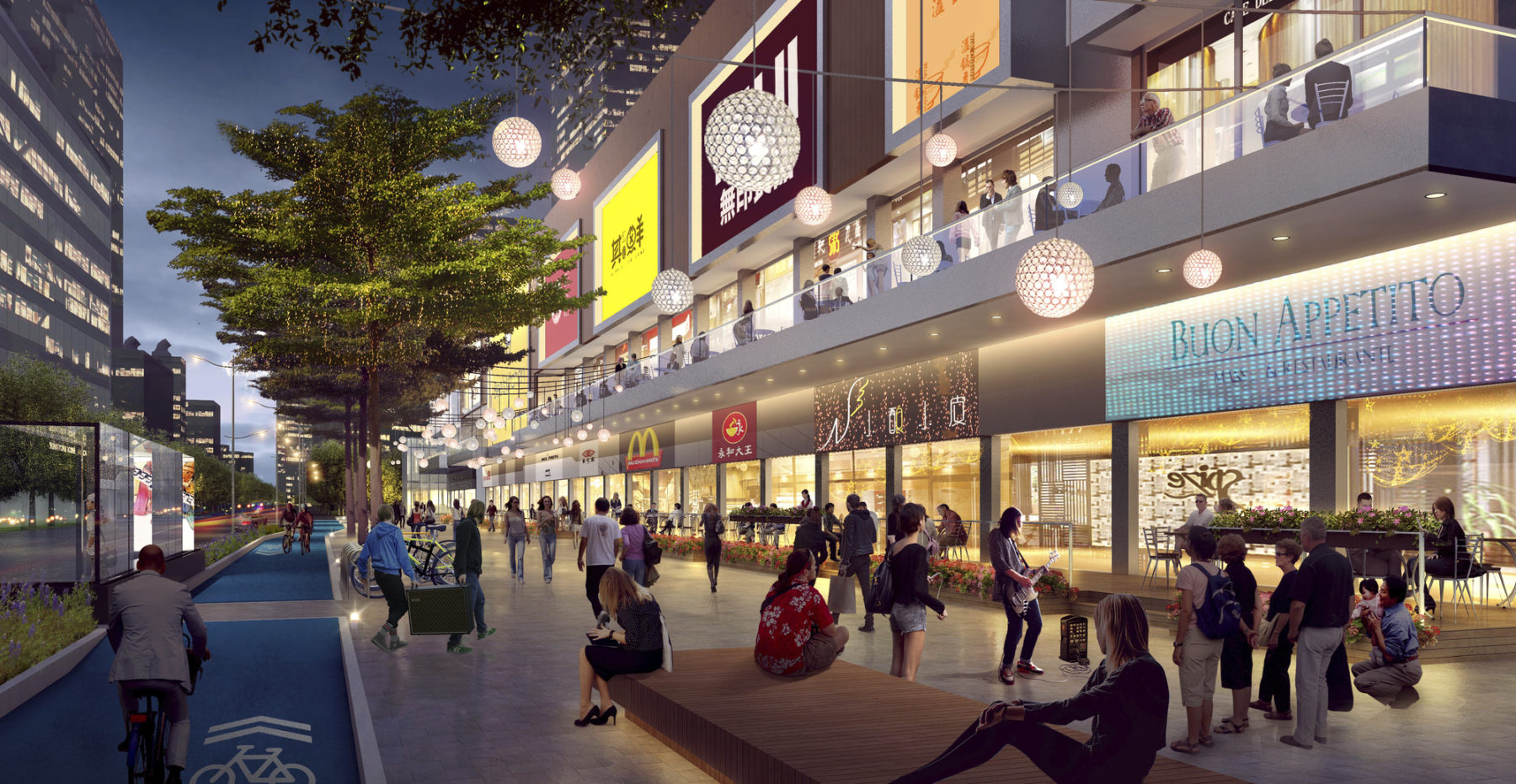
The presentation has made some speculative conclusions:
Chinese cities are rethinking the past’s single-use, disintegrated infrastructures and are beginning to redefine these infrastructures for the new era. This new era places a premium on spaces that are productive, multi-functional, and integrate landscape throughout. As the pace of urbanization in China slows enough for the country to reflect on missed opportunities of the past, we hope that new approaches such as these will continue to define the image of the cities of tomorrow.
See more photos of the event below. Visit our Wechat: @SasakiAssociates.
